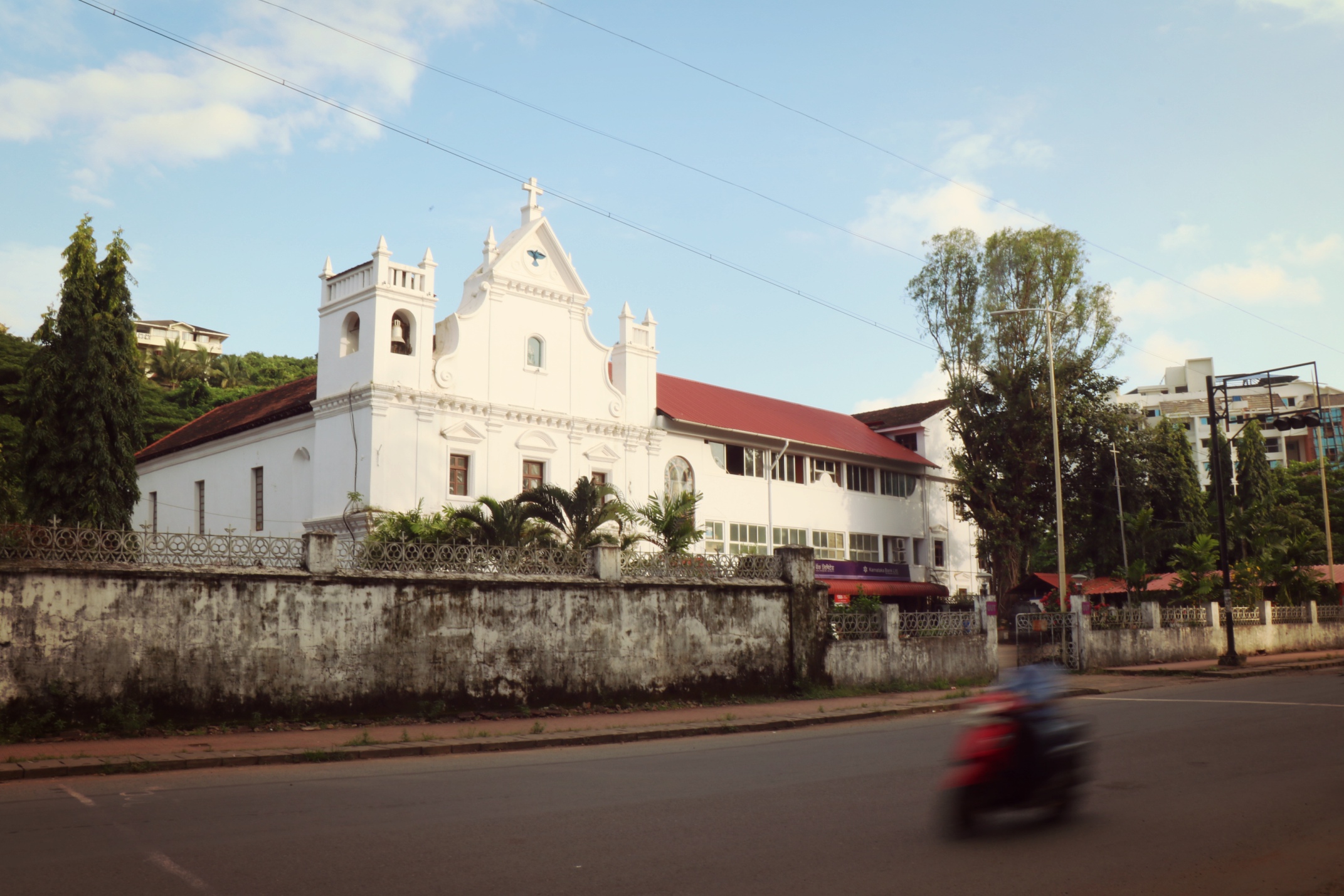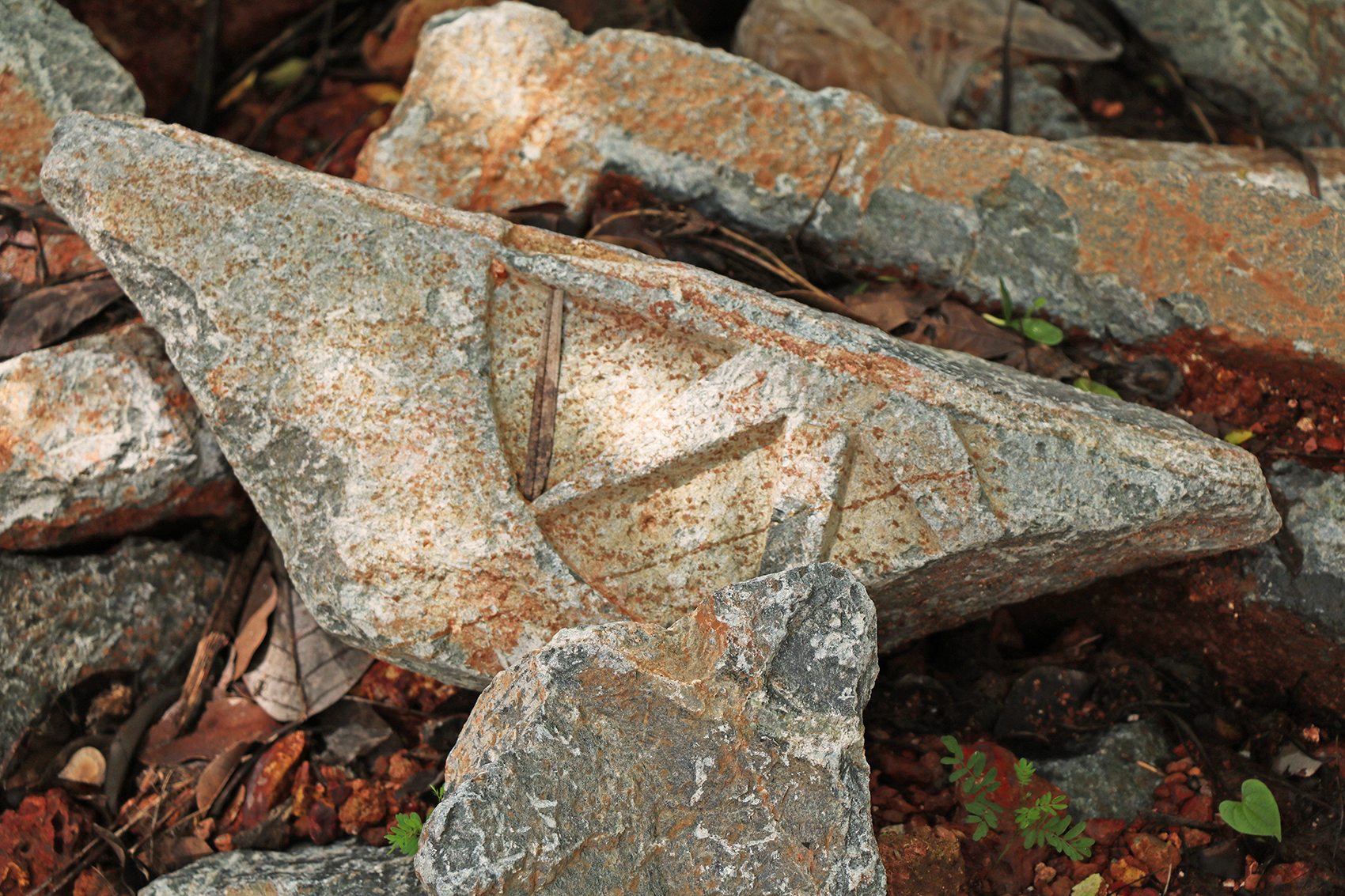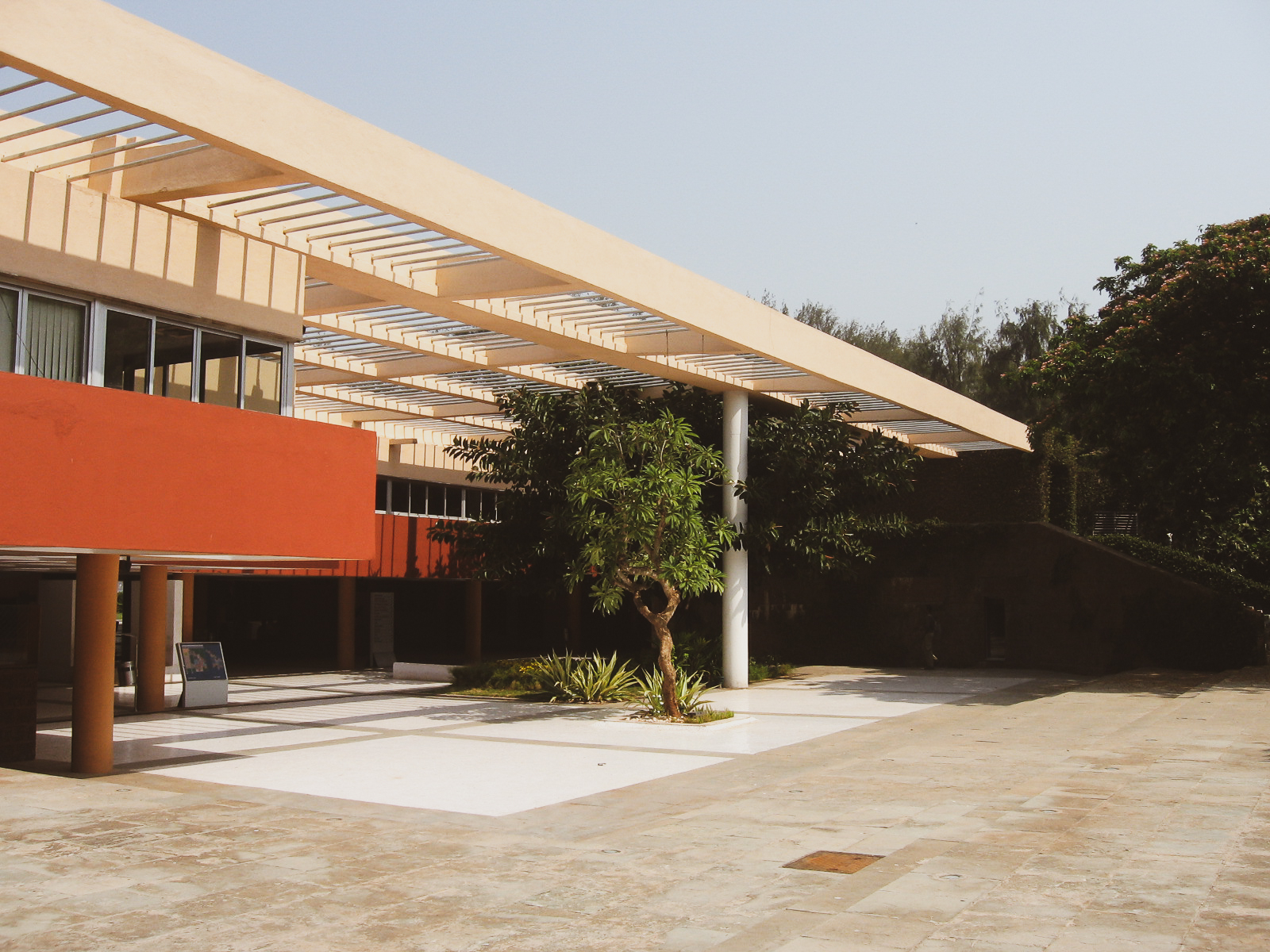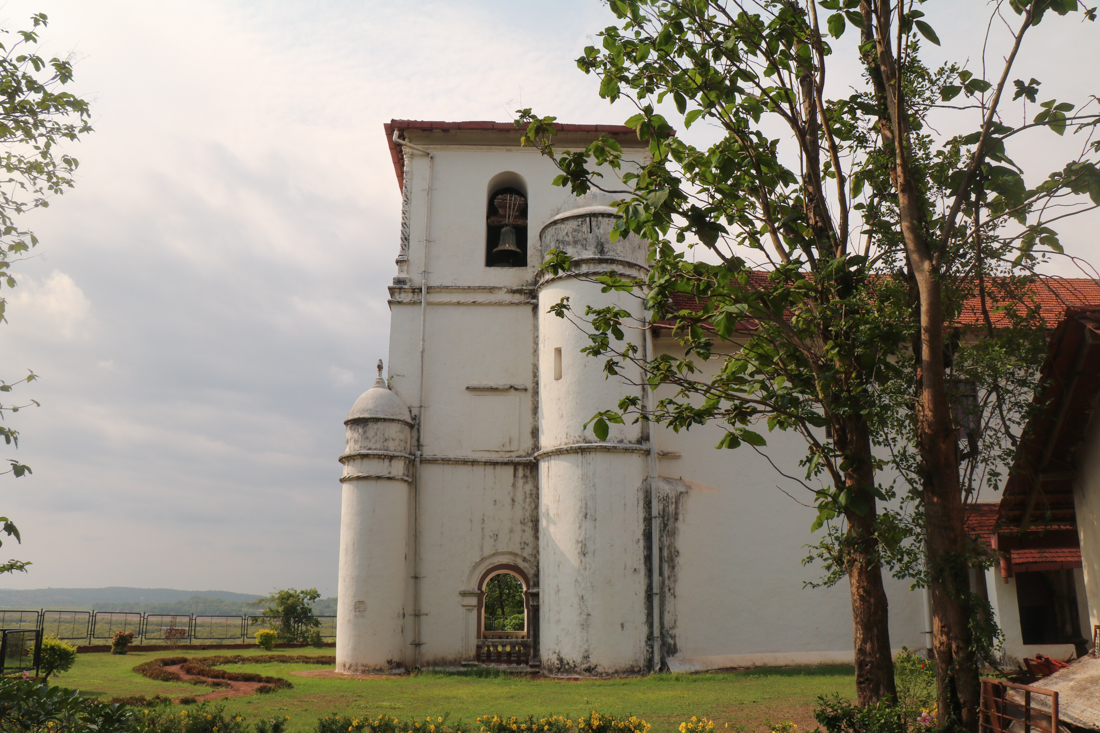In a sea of chaos, a white haven
Standing tall and graciously along a bustling and thriving city artery in Panjim is the Santa Inez Church. As the population of the beautiful garden city has increased manifold over the years, the Church has survived the test of time visibly almost unscathed. It is dedicated to Saint Agnes (Ines in Portuguese) who was a virgin and martyr from Rome in the 12th century. The entire complex consists of the Church, Parochial house, a community hall and a picturesque cemetery.
History and Origins
The origins of the church can be traced back to 1584 when it was a small chapel built by Dom Francisco d’Eca and his wife Dona Joana de Menezes. The couple donated it to the Augustinians by a deed dated 27-07-1601. A few years later in 1605, they rebuilt it to presumably a significant upgrade of the former structure. It was customary for the Portuguese to name a place after the saint on whose feast day they found, or conquered it. Did the region of Santa Inez get its name from the initial chapel that was built? Or was it the other way round. More lights needs to be shed on the origins of ‘Santa Ignes’.
Panjim was originally just a neglected ward of Taleigão. The only significant building there was the Adil Shah’s 16th century summer palace which was surrounded by a moat on the banks of the River Mandovi. The early years of Christianization in Goa saw 2 more major religious structures in and around Panjim. First, a hermitage dedicated to Our Lady of Immaculate Conception was constructed on the major hillock behind present day Fontainhas before 1541. This would later become the all famous stepped church we see today. The Taliegao church was constructed by the Dominicans in 1544.
By a royal decree dated 27th November 1606, Panjim and Santa Inez were split up from Taleigão to form separate parishes. The Santa Inez Church, in whatever form it existed at the time, was raised to the level of a parish church by the Archbishop of then, Dom Frei Aleixo de Menezes. The present day church we see was built only in 1653. It was run by the Augustinians until The Diocesan Clergy took charge in 1769.
Characteristically, the church is Mannerist Neo-Roman in style, with its fluted capitals and triangular and arched pediments. The belfry rises above on the left hand side of the façade, while the opposite end of it is just a dummy wall built to make it look symmetrical.
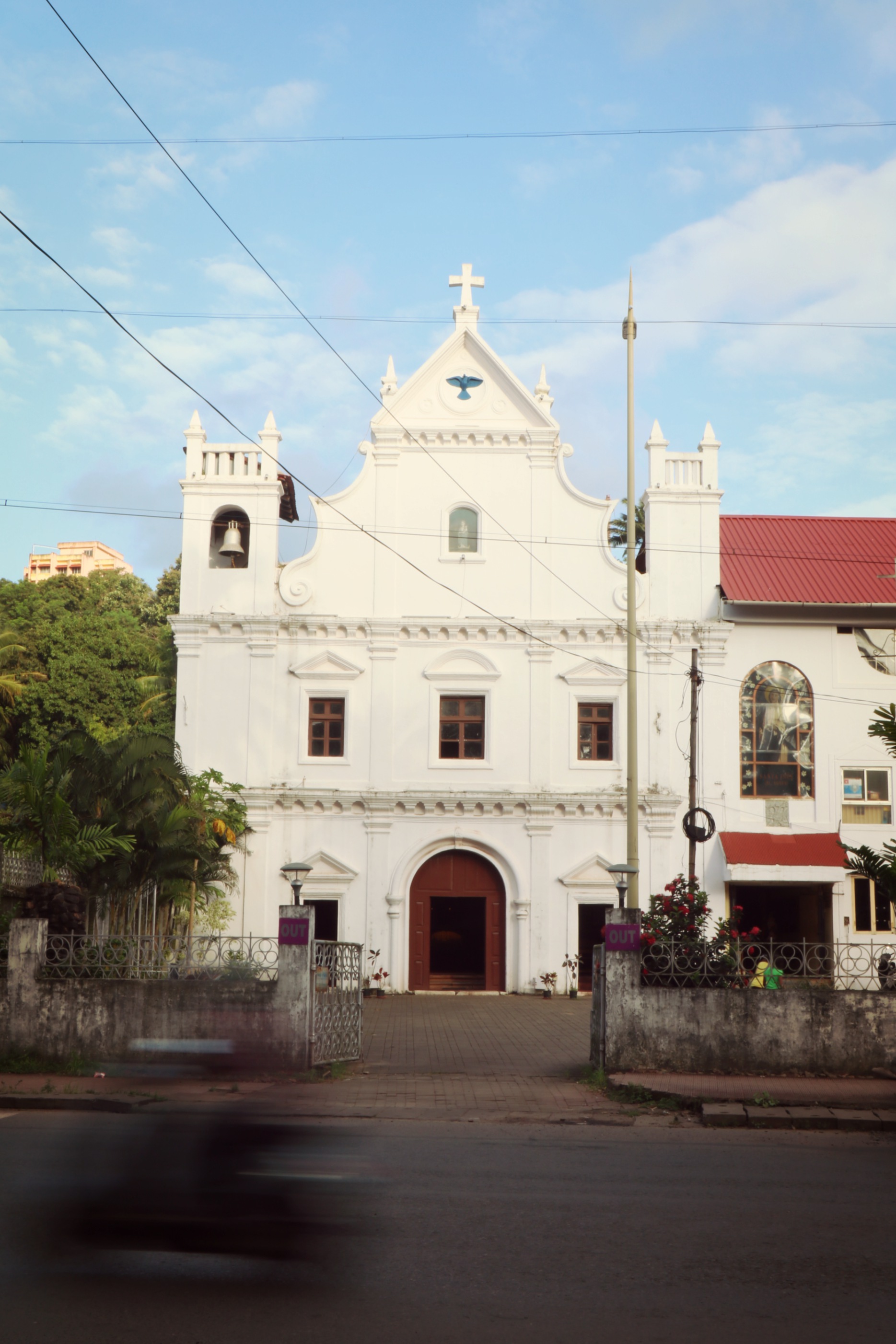
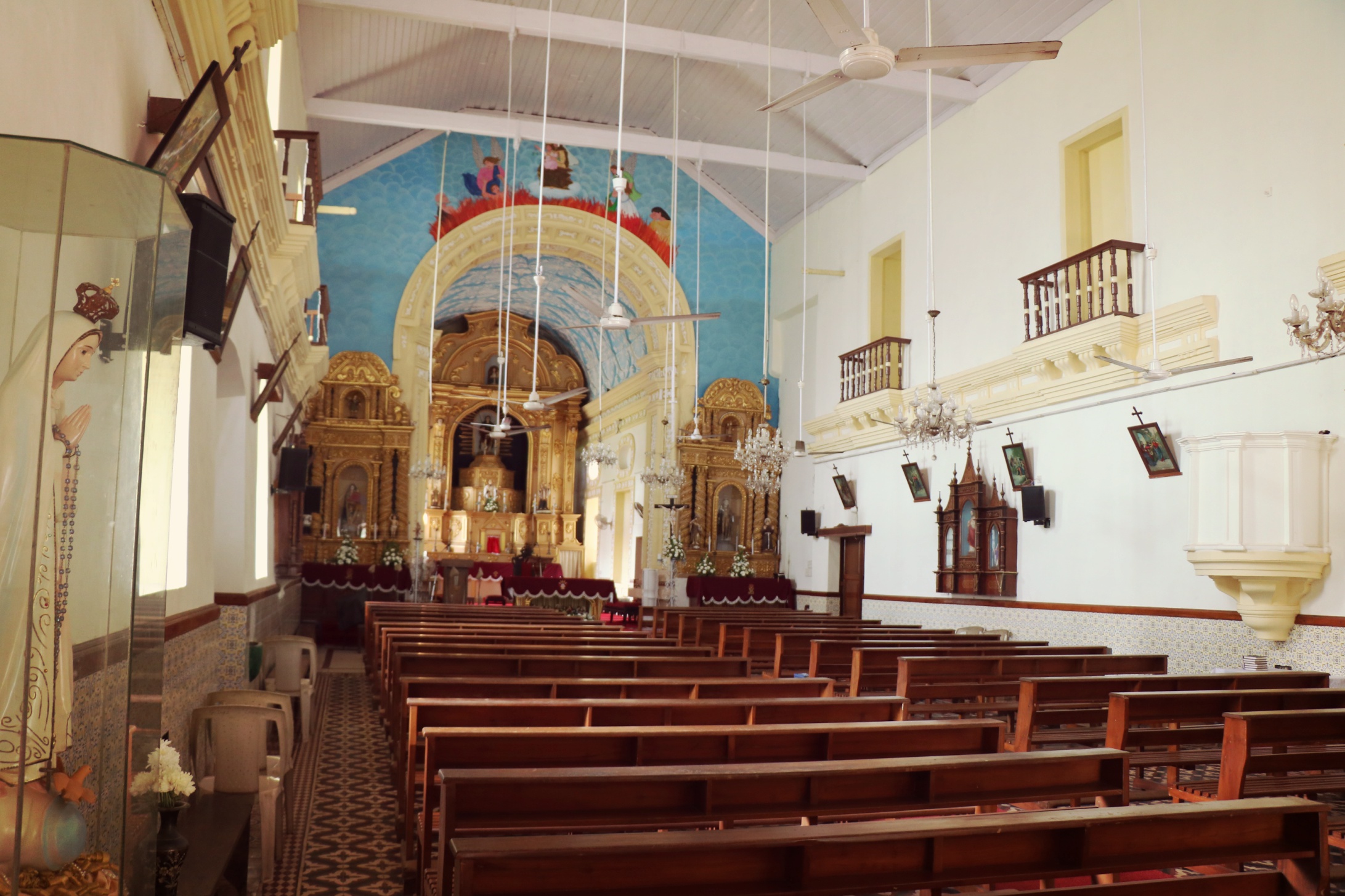
The cemetery
No one can view the Church exclusively without talking about the neighboring cemetery. The two co-exist harmoniously. The story of the Santa Inez cemetery begins with its predecessor, the cemetery atop the Conceição Hill in the 16th century. When the Dominican Order moved to Panjim in 1584, they set up the college of St. Thomas de Aquinas near the existing hermitage.
During the course of this time, they set up a burial ground close to the college, exactly now where runs the Corte de Outerio road, between the Lyceum and the Immaculate Conception Church. After the College was shifted to Bainguinnim and even after the Dominicans left Panjim, the cemetery they started continued to be in use as the burial ground for the inhabitants of Panjim.
At the time, the Dominicans during their short stay in Panjim had set up a burial ground on the top of the Conceição hillock, exactly where now runs the Corte de Outerio road, between the Lyceum and the Panjim Church. Even after the Dominicans left Panjim, the cemetery opened by them continued to be in use as the burial ground for the inhabitants of Panjim.
In 1878, the energetic Governor Caetano Alexandre Almeida de Alburquerque carried out a series of developments to bring Panjim to a level of a decent city. It was observed that the Conceição Hill was acting as a physical barrier between the Central zone of the city and Fontainhas. Hence they decided to introduce a new road linking the Panjim Church and the Lyceum. This would not be any ordinary road; a huge chunk of the hill would have to be cut to make way for the link road. Since the existing cemetery was located right at the top of the ridge and in alignment of the new road, it had to be shifted.
These developments gave rise to a need for a new cemetery for the citizens of Panjim. After much consultation with the Junta de Saude, a site in Santa Inez was considered apt for the establishment of the new cemetery. Construction began in 1878 and it was inaugrated on 1 January 1879. The first burial took place the next day when the deceased Jose Messias Gomes da Silva was laid to rest at the new cemetery.
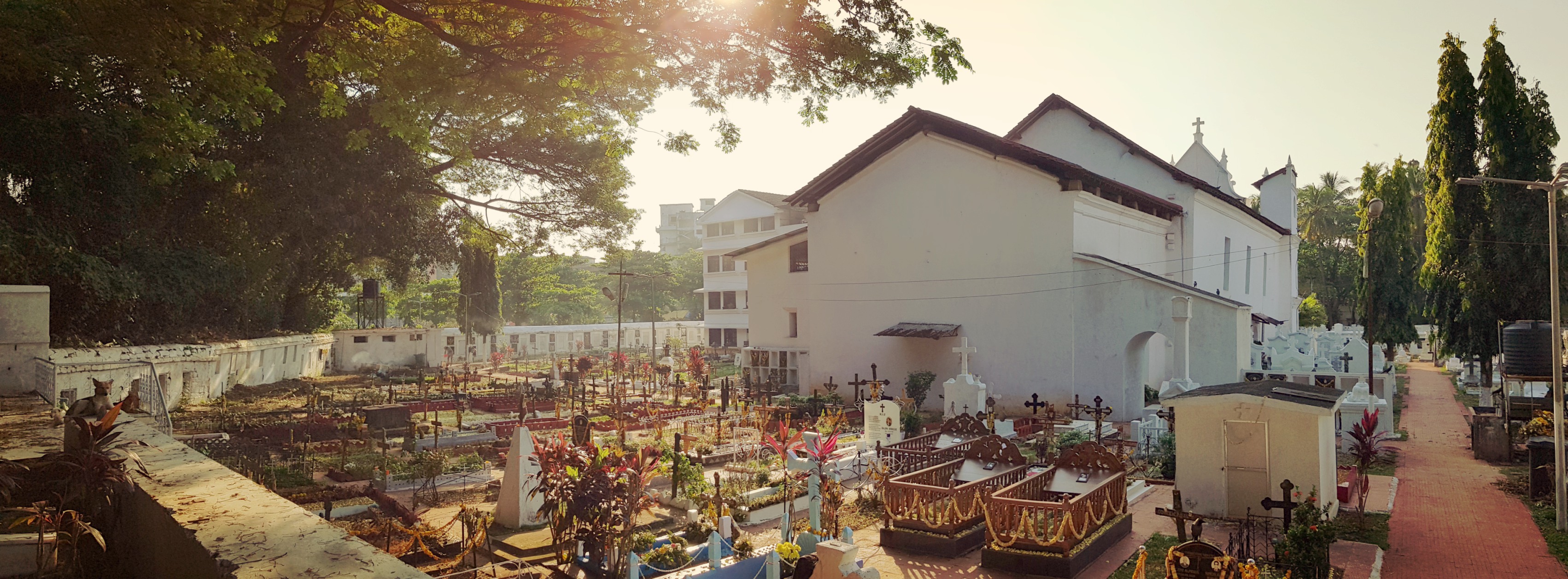
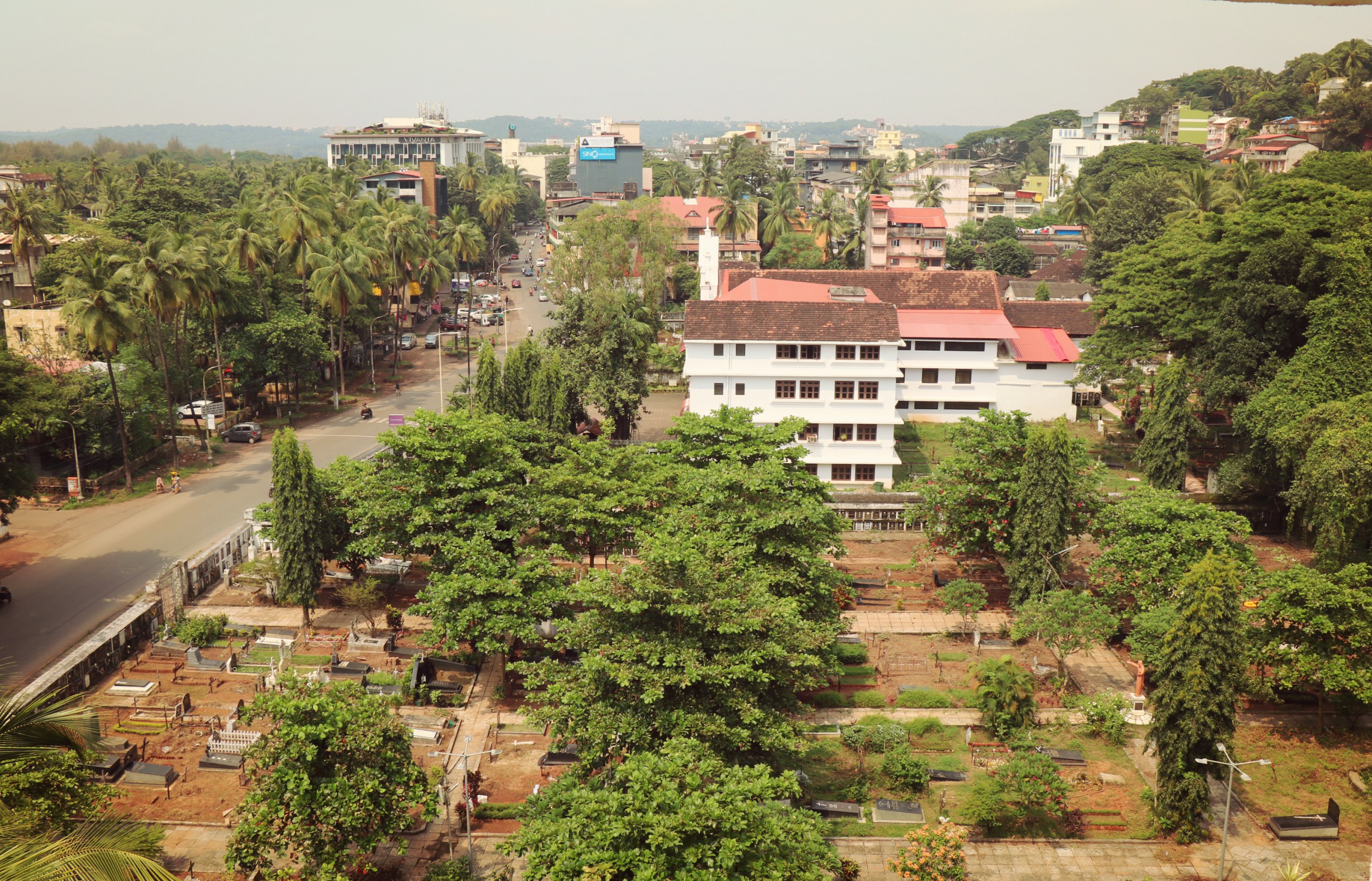
Recent Developments
Previously, the parochial house was based at the residence of Canon Francisco da Cunha Souto Maior, who bequeathed it to the Archbishop and his successors. Infact, the Archbishop lived there from 1795. By the 1980s, a new parochial house was planned to be directly joint to the church on the Southern side. The foundation stone was laid on 19th March 1982 and it was inaugurated on 26th January 1986. The new hall on the fourth floor was added later by a generous donation from a benefactor in Spain. It was inaugurated by the Archbishop of Goa and Daman, Most Rev. Raul Nicolau Gonsalves on 19th March 1989. It hosts a number of Church events like baptism and Holy Communion parties.
Recently, a portion of the Church interiors were renovated and we see beautiful azulejo panel work in the entrance foyer of the Church. A grill was also added here which allows people to come and pray at all times while still maintaining the security of the interior. The floor tiles and benches have also been restored.
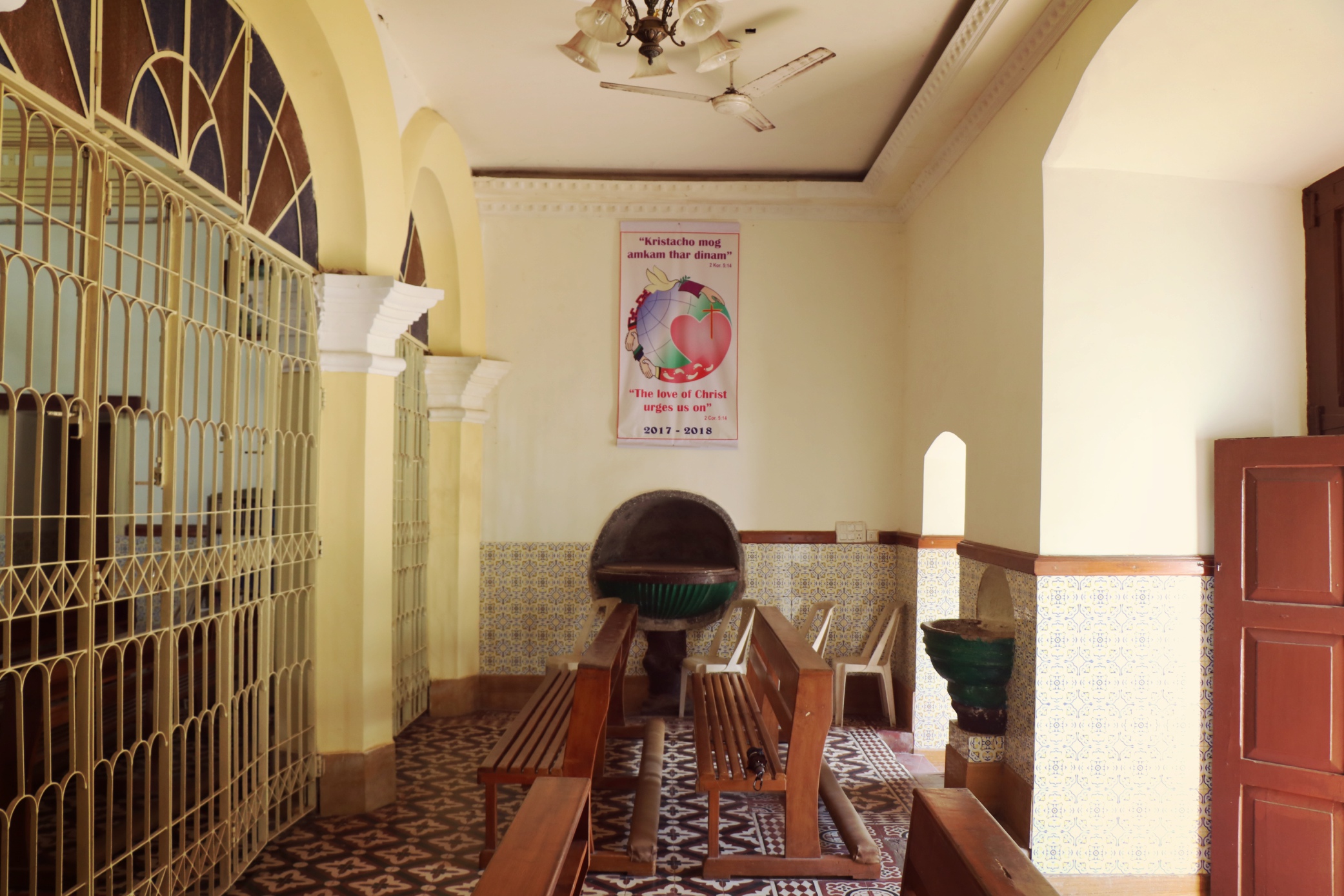
Perhaps the reason the Church has survived all these years is the ever accommodating nature of the building and the site. Subsequent additions have been made to the Church and the cemetery, but they all seem to fit in as part of one big picture. Though the interventions might have been carried out centuries apart, each structure seems to compliment the other in terms of form and scale. That's something we dont see often nowadays.
Spend an afternoon at the cemetery or a moment of solitude in the Church, and you’ll find yourself transported into a world you never thought would exist in the heart of a busy city. Let’s hope it remains that way.
References:
Pinto, C. (2016). Anatomy of a Colonial Capital : Panjim. Saligao: Goa 1556.

